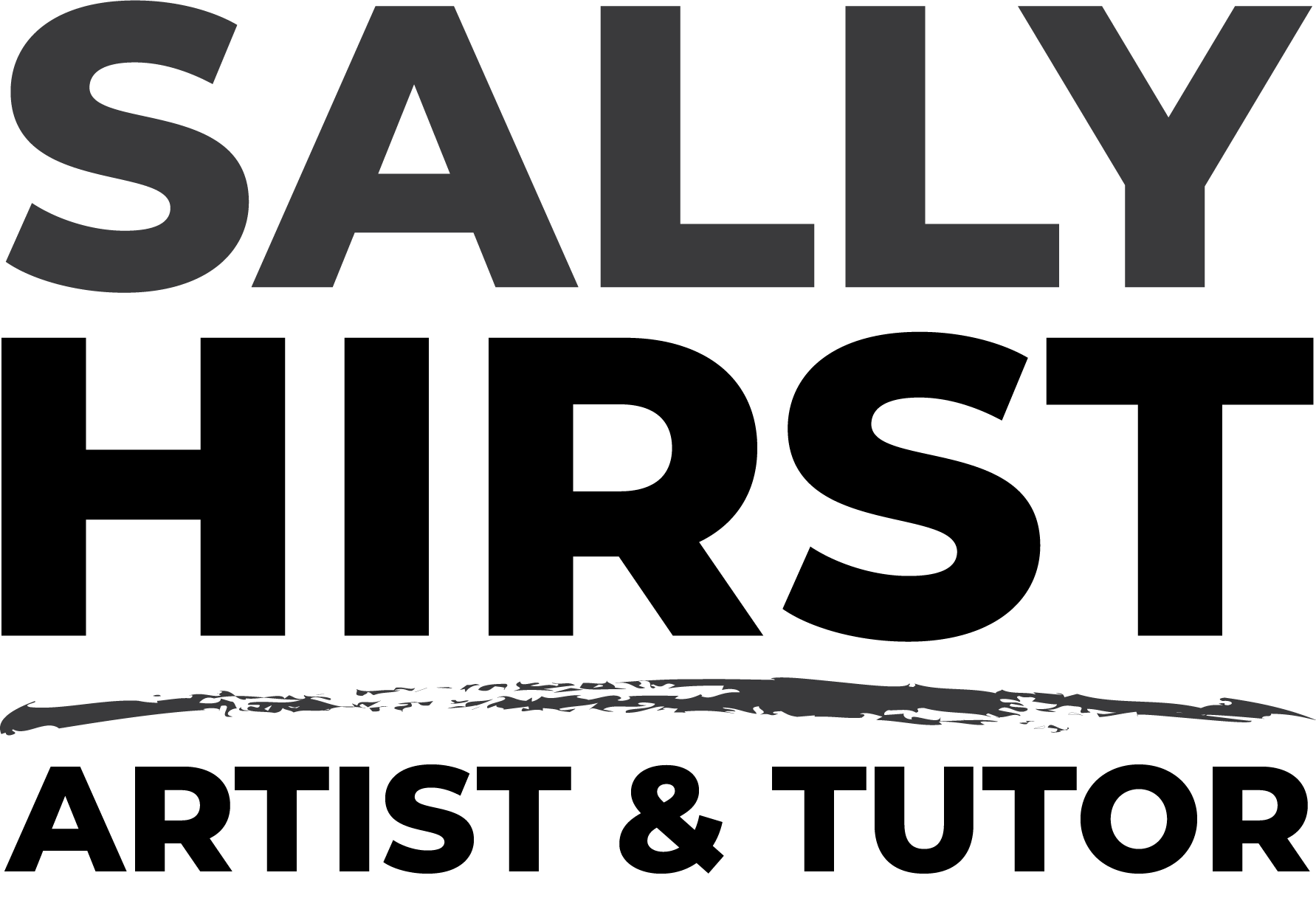“Colour moves around until it sits still” Michele Whiting
Below are the seven paintings I have been working on, alongside the compositions and/images that fuelled their development. Are they finished? I think so, at least they have stopped talking to me. Nothing is niggling me, some I like more than others but my relationship with them is over for the time being other than to reflect and evaluate.
When I began the paintings had a range of resources to hand; lens based, mark making, paint and mediums and physical objects. The photos I took of the house, the objects I ‘liberated’ and the books of compositions from the large drawing surrounding me in the studio. The colours I matched to swatches from the photographs. The stage was set, the conversations began. I started with many layers of textural colours relating to the house, these colours I knew would be revealed when I scraped back. Then I began selecting from the compositions, solving problems, building and taking away for many hours over many days and weeks. Using oil paint and cold wax medium meant I had to wait overnight before adding more which forced me to slow down and reflect. I took photos of each stage which helped me evaluate and solve issues like composition and tone. The paintings became autonomous objects themselves, with their own personalitues, needs and wants. My role was to facilitate their journey.
I’m not sure how much the latter stages of the paintings are related to the house but enough I feel for me to claim them as ‘authentic ‘ which was one of my criteria. Above all it was the journey through the paintings, the problem solving, exploring, responding, and reflecting that was more important than creating 7 finished things. Whilst the final surface of each only shows the last few passes, beneath that there are many layers, a history, a journey. My understanding of materials knowing what they can do is important, as is the expectation that each time I paint I risk everything but know I will learn more and dig deeper.
What I also had in my mind was the tutorial I recently had with Dr Michele Whiting. It was timely as I was reaching the final stages of my journey with these paintings. She talked about her walk across Salisbury Plain, How when walking she takes note of her body, her surroundings, the noises and sounds, and how her own speaking aloud reinforces her memory of the walk. On returning to her studio she has a variety of strategies to take her back to the time and place and to inform the paintings she creates as a response; replicating movements and stretches from her walk, talking aloud, moving around the studio. It made me consider my own movements and rituals in the studio. I never sit down, I am always moving, picking up one painting after another, standing back, moving in.
Both her writing and paintings are eloquent, meaningful and moving. She describes the physicality of the creative process, of being in the studio, it’s importance. How her “internal monologue” enabled her to revisit the encounter with the place. I had not realised that my memories of the house would come to the fore as I was working, an internal monologue to support the visual. If I closed my eyes I could recall the smell of the house, the dusty corners and musty decay, the evidence of human habitation.
The materiality of the work and the conceptual thinking behind it enabled both the output, and revealed unintended meaning that happen at the time of making, as Michele said “some things are not revealed until after their execution” and it was the impact of the memory of the place that I hadn’t intended. It has lead me to consider other places that hold strong memories and how I can use them in future work.
Another revelation was how performative my process in the studio was, from the drama of the large drawing I made on making day, to the videos of the sketchbooks, and finally the to and fro ‘dance’ between the paintings. Painting became a repetitive act of looking, intuitively responding, adding and subtracting. With each change, no matter how small the whole painting changed creating another problem to solve, another relationship to respond to and so the dance continued “Drawing is thinking, moving is drawing”Michele Whiting. I feel I am becoming more ‘thinking aware’









Beautifully written and such an interesting read. Loving these blogs and seeing the process and beautiful work that comes from all the layers and mark making.
Thanks…four of these head off to a gallery in Malaga this week but the rest come back to Norwich so you can see them soon😊
I loved these, the colour and form. Hope to see the real thing soon!
Found the way of working inspiring.
Hi Margaret! Thank you… Four head off to a gallery in Malaga tomorrow but the others head back to Norwich next week😊
Thanks for second part of this story. Exciting, absorbing, and inspiring. Love the story and the work.
Great read thank you x
Thanks so much for writing this, I appreciate the depth of your insight in to your inner workings. Great stuff.
Thanks Vicky..I’m.finding it really helpful on so many levels. Writing makes me reflect on my work, but it also ‘allows’ me to slow the pace without feeling I’m not working hard enough?